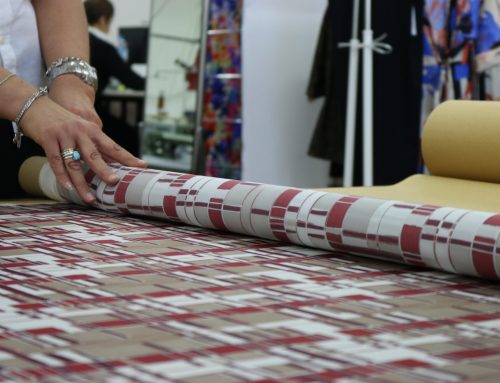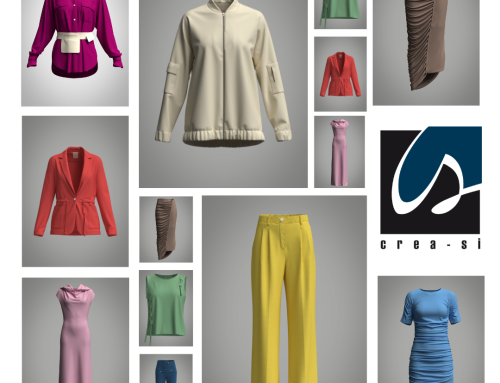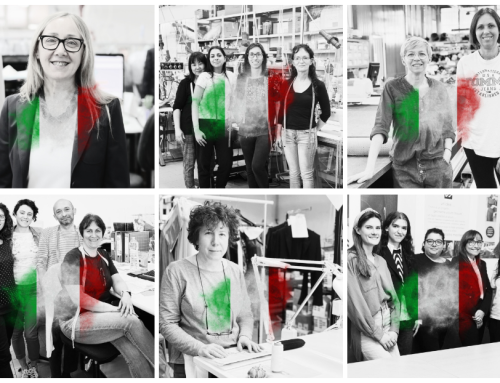
Working with denim is a versatile and creative process that allows you to customize and transform this sturdy cotton fabric into unique and personalized garments. Whether you’re aiming for a distressed, vintage look or adding artistic flair, here’s a comprehensive guide on how to work with denim.
1. Distressing Techniques:
Distressing denim involves creating a worn-in appearance. Use tools like scissors, knives, or sandpaper to add cuts, abrasions, or fraying to specific areas. Bleaching can be applied selectively for a faded effect.
2. Dip-Dye and Tie-Dye:
Submerge portions of denim in different colored dyes for a unique dip-dye effect. Tie-dye techniques involving binding sections of fabric before dyeing can also add a vibrant touch.
3. Patchwork and Decorative Stitching:
Patching denim with additional fabric or adding decorative stitching provides a customized and textured appearance. Experiment with various fabrics and stitching patterns for a personalized touch.
4. Laser Distressing:
Some manufacturers use laser machines to create precise distressing patterns, designs, or even text on denim. This method offers consistency and intricate detailing.
5. Controlled Rips and Tears:
Create intentional rips and tears using tools like rasps or sandpaper. This gives the denim a distressed, lived-in feel without compromising structural integrity.
6. Finishing Touches:
Add personal touches by distressing the hem or cuff edges for a casual look. Paint, studs, or other embellishments can be applied for additional customization.
7. Cold Bleaching:
Explore alternative chemical treatments for a faded effect without using traditional bleach. Cold bleaching solutions offer a gentler approach to achieving a worn appearance.
8. Crumbling and Aging:
Use a file or fine sandpaper to lightly rub surfaces, especially around pockets and seams, to create a worn and aged appearance.
9. DIY Fabric Painting:
Express your creativity by using fabric dyes or acrylic paints to create custom designs on the denim. Ensure proper fixation to prevent fading during washes.
10. Frayed Edges:
Achieve frayed edges by cutting the denim hem and then unraveling the threads. This adds a rustic and casual aesthetic to the garment.
11. Fold and Crease:
Experiment with folding or creasing denim before dyeing or distressing to add structured details and unique patterns to the fabric.
12. Creative Repairs:
Conceal or repair damaged areas with patches or pieces of different denim, secured with decorative stitches or iron-on adhesive.
13. Accessory Customization:
Enhance your denim with accessories such as studs, pins, embroidered patches, or belts for a personalized touch.
14. Natural Dyes:
Explore natural dye options like tea, coffee, or plant extracts to achieve unique colors and subtle shades on denim.
15. Advanced Dye Techniques:
Dive into advanced dye techniques, such as the Japanese shibori method, involving intricate folding and binding before immersing the fabric in dye.
16. Stencil and Printing:
Use stencils or stamps to apply specific designs or motifs onto the denim surface.
17. Hand Pleating:
Add manual pleating details to the denim before applying treatments like dyeing or distressing for a more intricate and textured look.
Experiment with these techniques, combining them to create your own signature style. Remember to start with less important or older denim pieces before working on more cherished garments, allowing you to refine your skills and develop your unique denim aesthetics.
We hope this article has been helpful as you embark on your denim fabric project!
If you’re looking to create denim garments, Crea-Si can assist you. With thirty years of experience in crafting clothing from various fabrics, contact us for more information or to present your project!





